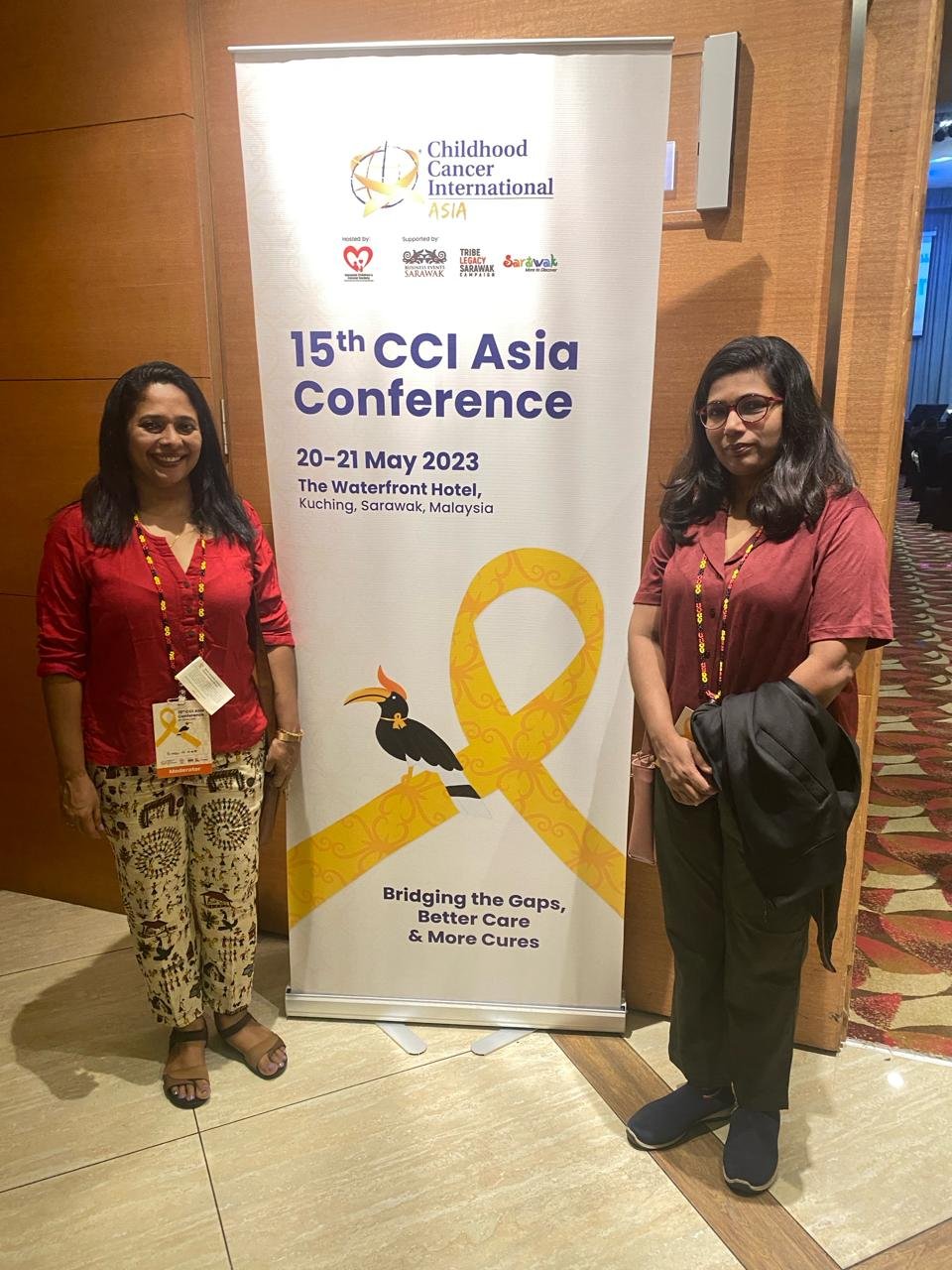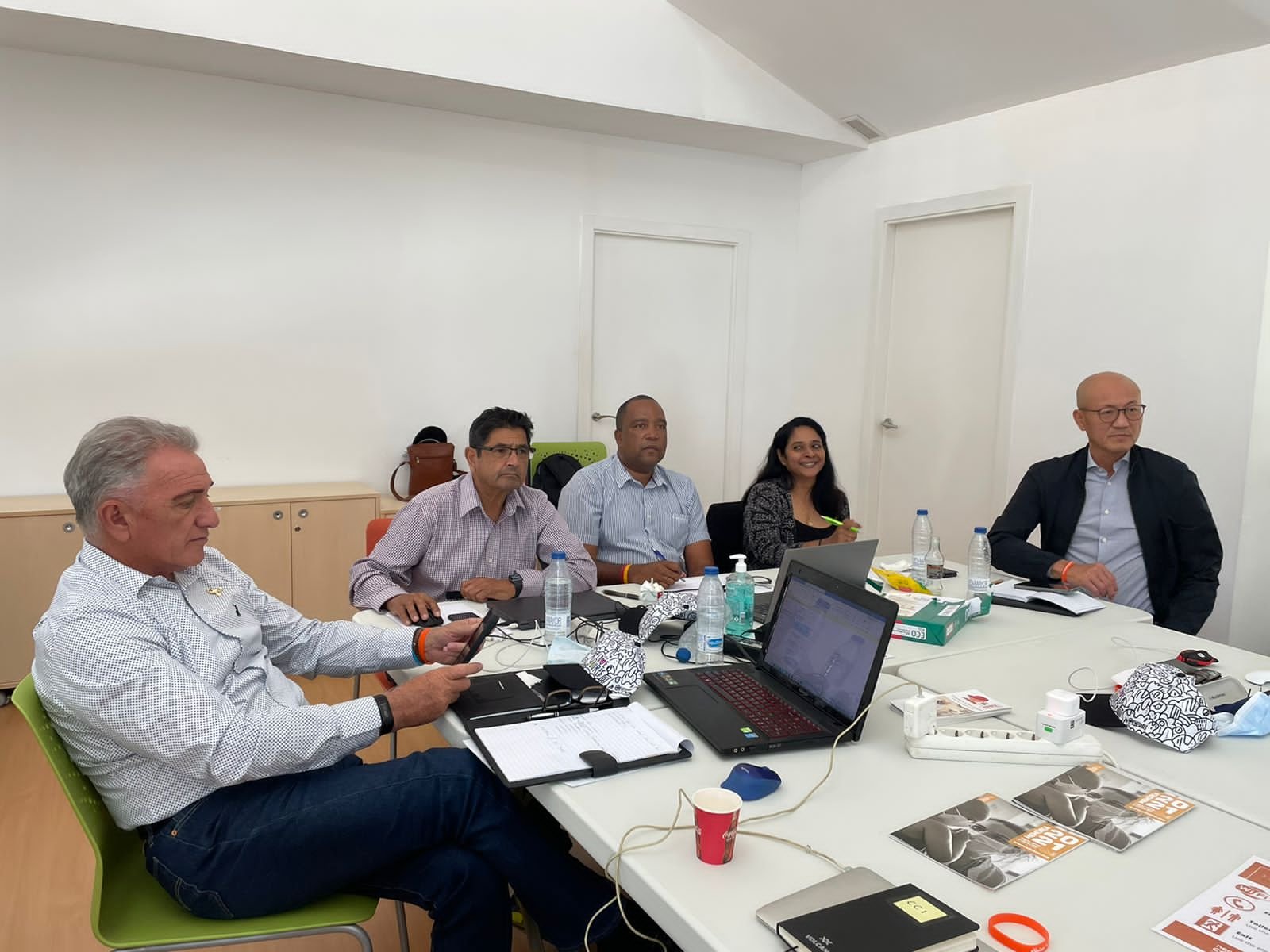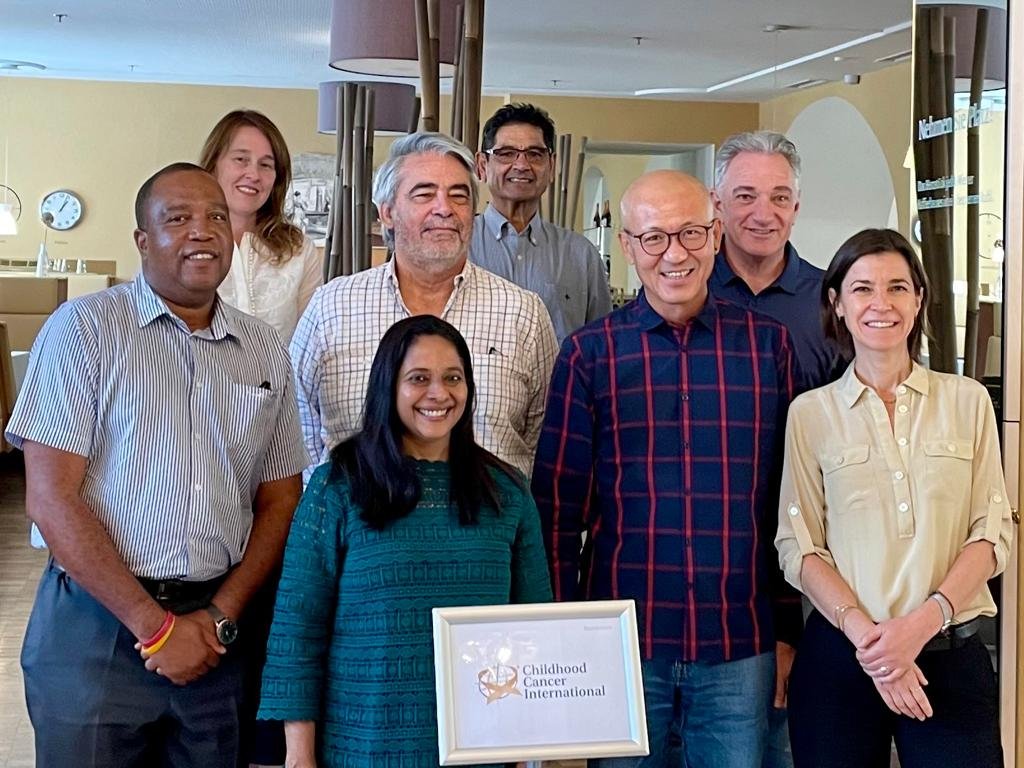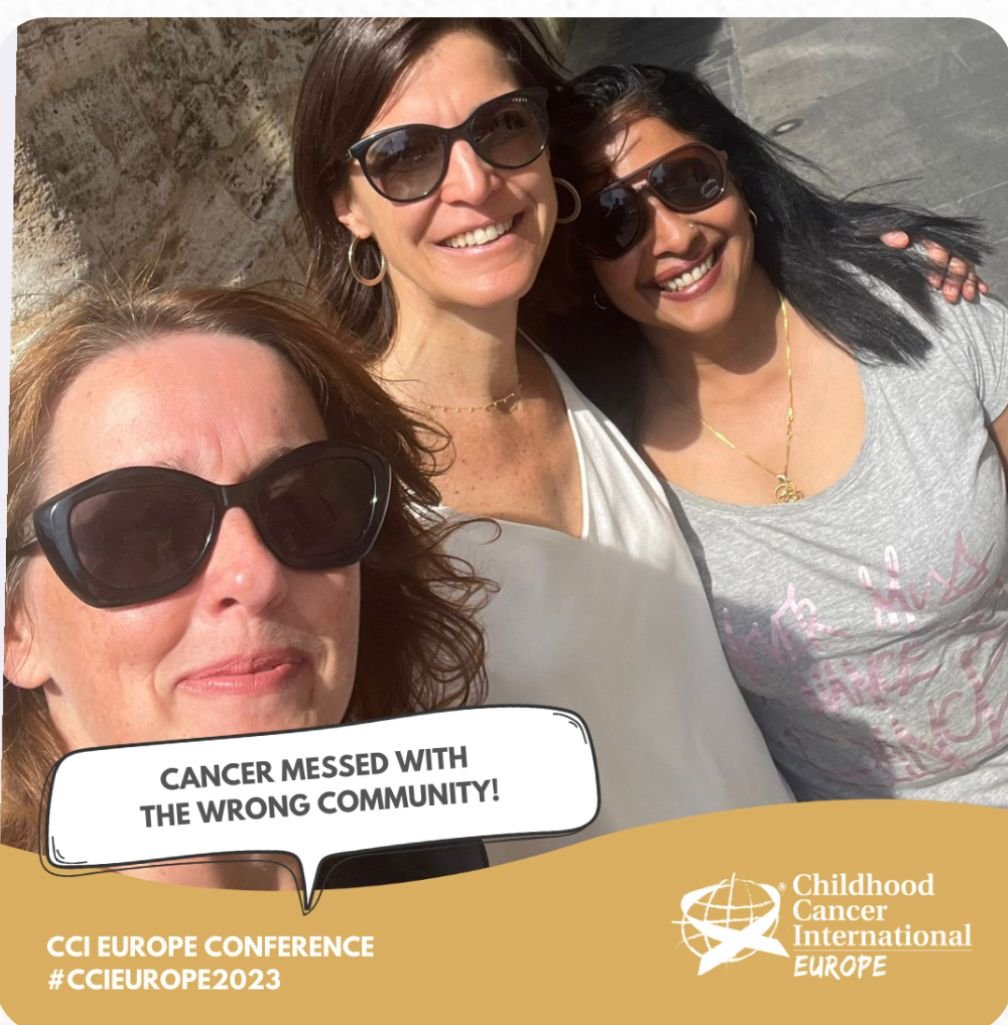Bindu N Nair: Access to treatment is still a problem in India because of the broken referral pathways
Bindu N Nair is a member of the CCI Board and the founder and Managing Trustee of Aroh-Giving Hope, an organization established in 2013 to assist children with cancer and their families in India. Currently, Aroh collaborates with over 40 hospitals in the country, providing support to more than 5,000 children. In light of the International Childhood Cancer Day (ICCD) 2024, where we aim to raise awareness about the various realities and inequities surrounding cancer worldwide, we had a conversation with her to understand the major challenges in terms of diagnosis and access to treatment in India.
Check out more details below.
1. What led you to work for the cause of childhood cancer?
Before I started my organization Aroh in 2013, I worked for Make-A-Wish Foundation of India for 10 years where the children I met were mostly Children with Cancer. And I noticed that there were no NGOs in my city to support them. So I started Aroh to support them in my city but it grew to a national-level Ngo in the last 10 years.
2. Regarding access to treatment, diagnosis, and other aspects, what are the main achievements you've observed in recent years in India?
We have 25 Social Workers in different hospitals across India. They make sure that there's less than 5% abandonment. Once the children reach the hospital, diagnosis, treatment and other aspects are taken care of by the SWs. Access to treatment is still a problem in India because of the broken referral pathways. Only tertiary care centers in big cities and metros treat Pediatric Cancer. From a remote village to the Tertiary Care Centres, the referral pathways don't work all the time.
3. What are the primary challenges or gaps related to childhood cancer that India faces today?
As mentioned above, the referral pathway is a problem. Though Public Hospitals give free treatment, India's Public Hospitals which treat children with cancer are not enough to cater to the huge number of kids. This forces the parents to go to private hospitals where the treatment cost is very high. NGOs like Aroh come in there to bridge the gap by giving financial assistance for treatment.
4. How could CCI contribute to addressing some of these challenges?
CCI, for me personally and for Aroh as an organization, in the beginning it was all about networking. Aroh has gained so much by connecting to people in different countries. There's also a lot of exchange of knowledge happening during conferences and other meetups. CCI also gives us a sense of community where we all belong. And lately, CCI is also offering other services like Home Away from Home. All these contribute to empower the member organizations to face and solve problems in their own countries.






